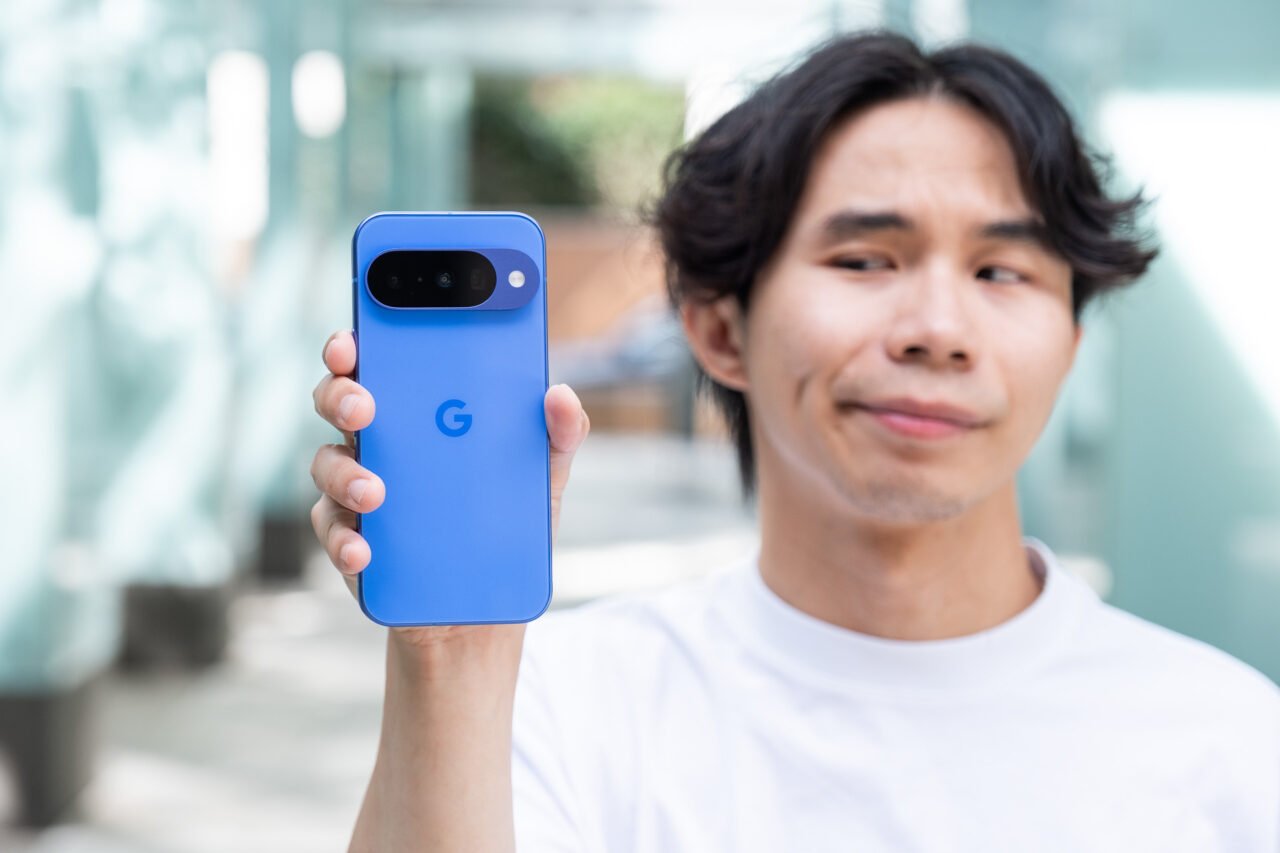UPDATE: In a groundbreaking move, Google has announced that Android’s Quick Share can now seamlessly exchange files with Apple’s AirDrop, marking a significant shift in cross-platform functionality. This development, confirmed earlier today, allows users to share files between Android and iPhone devices, a feature that many have long anticipated.
This interoperability is currently available exclusively to Google Pixel 10 owners, who can now send files via Bluetooth to iPhones just as easily as they do with other Android devices. In a blog post, Google stated that iOS users can also AirDrop files to Android devices by detecting them as usual on their iPhones. This new capability is a game changer, creating a more connected experience for users of both platforms.
However, the rollout is still in its early stages, with Google promising to extend this functionality to additional Android devices in the future. The prospect of a broader release has many tech enthusiasts excited, although concerns linger about potential compatibility issues down the line.
Interestingly, Google revealed that this interoperability was achieved independently, without collaboration from Apple. In a statement, Google emphasized that it developed this feature through “its own implementation,” ensuring that its security processes were vetted by a third party. This raises questions about the sustainability of this feature, given the historical tensions between the two tech giants.
As reported by The Verge, the move is not just a technical improvement but may also reflect growing regulatory pressures on major tech companies to foster greater interoperability. While Apple has historically maintained a closed ecosystem, recent shifts, such as support for RCS messaging, indicate a potential thaw in relations.
The implications of this development extend beyond mere convenience. Nothing CEO Carl Pei has already expressed interest in bringing similar capabilities to Nothing devices, stating on X that the company is “already exploring how to bring this to Nothing phones as soon as we can.” The increasing demand for cross-platform functionality suggests a significant shift in consumer expectations.
For those eager to see this feature in action, Google has released a demonstration video showcasing the process alongside official support documentation detailing how it works. While initial attempts to use the feature at Gizmodo did not yield success, reports from Bloomberg indicate that others have experienced positive results, underscoring the feature’s potential.
As the tech landscape evolves, this newfound ability for Android and iOS devices to communicate more effectively could lead to a more user-friendly mobile experience. This change is part of a broader trend towards greater inclusivity in tech ecosystems, fueled by both consumer demand and regulatory scrutiny.
Looking ahead, industry observers will be watching closely to see how Apple responds to this unexpected move by Google. Will the company embrace this interoperability, or will it attempt to limit its impact? As the situation develops, one thing is clear: mobile computing just got a lot more interesting.
Stay tuned for more updates on this developing story as we continue to monitor the situation.







































































